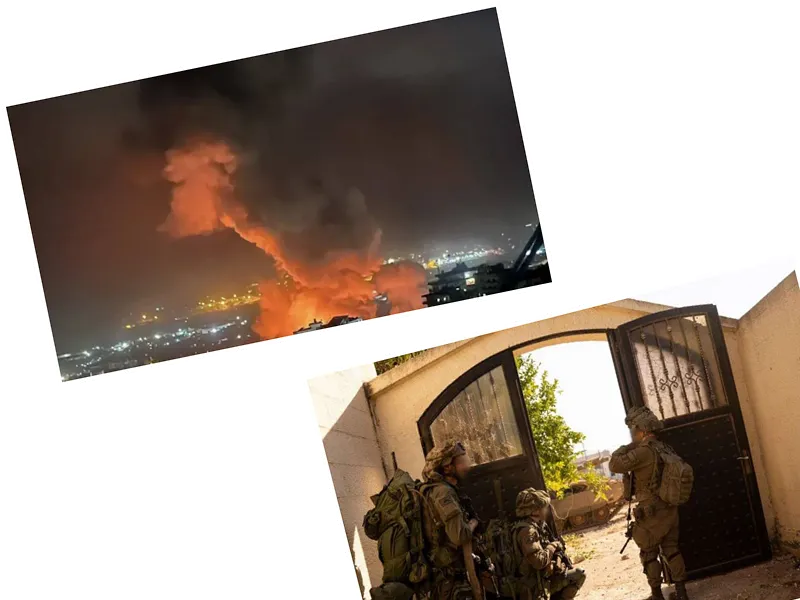In the wake of escalating tensions between Israel and Hezbollah, the Israeli Defense Forces (IDF) face significant challenges from the militant group’s aggressive use of advanced drone and missile technology. Since the start of hostilities, Israel's air defense system has intercepted thousands of rockets and hundreds of unmanned aircraft, yet the threat remains complex and multifaceted.
One of Hezbollah's primary objectives is to inflict damage on the IDF's Iron Dome air defense system, using explosive drones as a critical weapon. These drones are particularly difficult to detect and intercept due to their small size, low flying altitude, and the challenging topography of northern Israel. Despite improvements in identification technology, thanks to the input from ornithologists and other experts, the system still grapples with false alarms.
The IDF's commitment to protecting Israeli civilians involves full deployment across the country and constant vigilance. New developments include the formation of the 139th battalion to enhance Iron Dome capabilities, reflecting persistent efforts to adapt to evolving threats. However, the challenges are exacerbated by the use of primitive yet effective missiles like Hezbollah's Burkan, which elude traditional missile defense systems due to their short flight paths and low velocity.
Meanwhile, the border regions have become hotspots for continuous exchanges of fire. Recently, Hezbollah has launched several missile attacks on military sites in northern Israel, causing injuries and material damage. These attacks underscore the relentless threat posed by Hezbollah, which has employed swarms of attack drones to target key IDF command centers and radar installations.
The diplomatic landscape also remains tense. Both Paris and Washington have engaged in efforts to de-escalate the situation, with mixed responses from Israeli officials. Despite some openness to diplomatic solutions, the possibility of further escalation remains high, risking a broader conflict if a political resolution is not achieved. The ongoing hostilities have already resulted in significant casualties, with most of the fatalities occurring on the Lebanese side.
One pressing issue for the IDF is countering the primitive yet problematic Burkan missile. Unlike standard missiles, the Burkan is essentially a barrel of explosives equipped with a rudimentary engine and stabilization system. Its simplicity and cheap cost make it a favorite among Hezbollah fighters, yet its slow speed and short range make it a vexing problem for the Iron Dome system. Future solutions may lie in advanced laser interception systems, though these are still in developmental stages.
- The IDF continually works on intercepting various types of threats, from tactical aircraft to surface-to-surface and cruise missiles. The formation of new battalions and the employment of additional Iron Dome batteries are part of these strategic measures to enhance national security.
- Hezbollah’s tactical shift towards using a blend of high-tech drones and primitive missiles presents a multifaceted challenge. The drones' sophistication contrasts sharply with the simplicity of the Burkan missile, yet both are effectively exploiting gaps in Israel’s defense mechanisms.
- Diplomatic efforts provide a glimmer of hope but require careful navigation amidst an increasingly volatile situation. The international community's role in mediating and potentially resolving the conflict could be crucial in avoiding a full-scale war.






